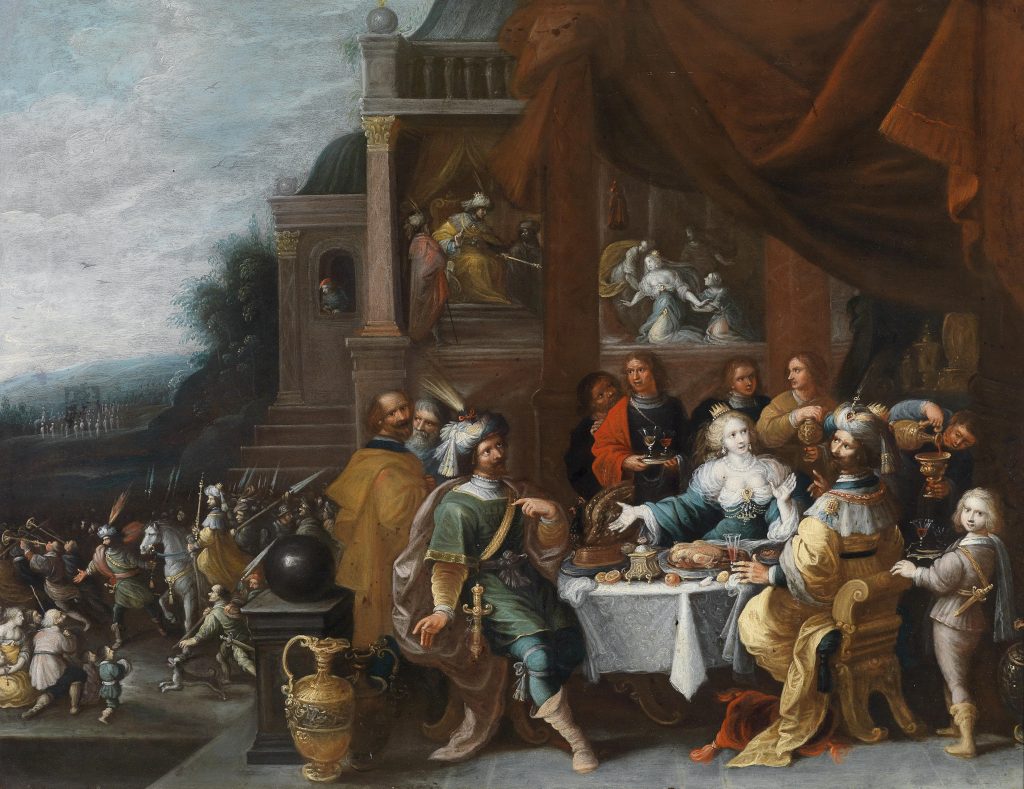
Receiving over the years countless commentator’s perspectives, interpretations and translations, the story of Adam and Eve’s sin is probably one of the most well-known biblical stories.
One of the most intriguing interpretations of this story can be found in the unique ancient Jewish way of studying the Hebrew Bible in general and the Torah in particular – which is known in the Jewish tradition as ‘Remez.’ {רמז}
The Hebrew word ‘Remez’ means ‘clue’ or ‘hint’ and is referring to the unique way of studying the Bible which is based on ‘clues’ and ‘hints’ that can ONLY be found if one reads the Bible in its original divine language – Hebrew.
Today, we will have a glimpse into this fascinating ancient tradition and see what can be learned from it.
According to this ancient Jewish tradition, the story of Adam and Eve’s sin that is found in the third chapter of Genesis, is an ‘early hint’ for the biblical story of Haman – yes that is right, from the Book of Esther.
How is the story of Adam and Eve connected to the Biblical figure of Haman, you ask?
Well, the connection between them is found in the following words:
“…Have you eaten from the tree that I commanded you not to eat from?” (Genesis 3:11)
In the original Hebrew the two prepositions ‘from’ and ‘the’ – which appear in this verse together (‘from the tree’) are actually ONE word which is ‘Hameen’ {המן} and made out of the three Hebrew letters ‘Hey’,{ה} ‘Mem’ {מ}and ‘final Nun'{ן} that are also the SAME Hebrew letters that compose the original Hebrew name of Haman.{המן}
Now, this is a nice anecdote for sure, but how is it related to the story of Haman as we know it from the Book of Esther?
And the answer, according to this fascinating ancient tradition, is the association with the special ‘phenomenon’ of one who has everything and yet he wants more – even at the cost of losing everything – like in the story of Haman who had everything:
“Haman boasted to them about his vast wealth, his many sons, and all the ways the king had honored him and how he had elevated him above the other nobles and officials.” (Esther 5:11)
And yet, Haman said the following words:
“But all this gives me no satisfaction as long as I see that Jew Mordecai sitting at the king’s gate.” (Esther 5:13)
By drawing a comparison between the two biblical stories – which is based on the ‘Hebrew connection’ – we can learn a valuable lesson on how strong the desire of man is to get things which are out of his reach and that are NOT good for him.
Or in other words, one must have strong self-control because no one wants to end up like Haman.
